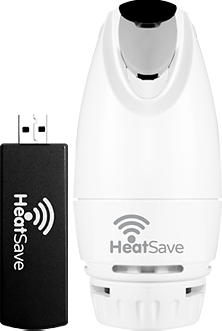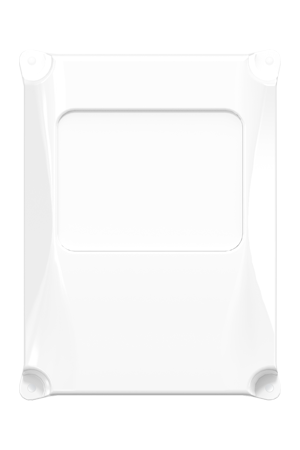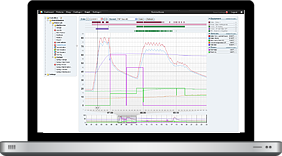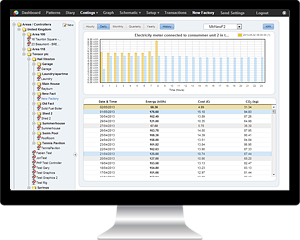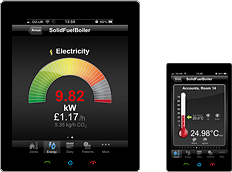Home Automation Market to Surge at Strong 26% CAGR by 2020, report reveals
The Home Automation Market is set to grow at an estimate CAGR of 26% between 2014-2020, reaching an impressive $21.6 billion by the end of the interval, a recent market research report has been able to suggest.
Home automation currently consists of digital technology that automates processes to provide better performance and efficiency in homes across the world. Home automation includes all systems – integrated and solely run, and manual and electrically operated – to run systems such as dimming or turning on lights, managing entrance gates and cameras, or operation of smart appliances, and so on. Home automation systems are evolving continuously due to technology innovations in several developing nations all over the world.
The intensifying need for efficient solutions in domestic safety and security systems, lighting, entertainment (video and audio), energy management, and HVAC systems (heating, ventilation, and air-conditioning) are the prime factors that drive the home automation market. Increased internet penetration and connectivity are also among the contributing factors for bolstering the home automation market, globally.
Furthermore, the growth of smart cities and futuristic homes in the Middle East and Asia Pacific is impacting growth of the global home automation market positively. Other factors driving the market for home automation systems are emerging awareness of energy conservation and managing energy use through automation technologies. Smartphone apps are increasingly being used for home automation and this factor is among the major growth drivers for the home automation market.
HeatingSave – the perfect home automation solution
The best solution for reducing and thoroughly managing energy bills is the implementation of a solid and reliable Building Energy Management system.
Building Energy Management Systems are capable of delivering extensive monitoring and control options, compared to basic controls. They typically employ data from a variety of sources (boiler flow and return sensors, internal and external temperature sensors, occupancy sensors, humidity sensors, etc.), and enable the perfect optimization of a building’s boiler-based central heating system.
If you’d like to find out more about the savings enabled by the HeatingSave Building Energy Management System, just contact our dedicated product team, they’ll be more than happy to answer all of your questions and queries.


